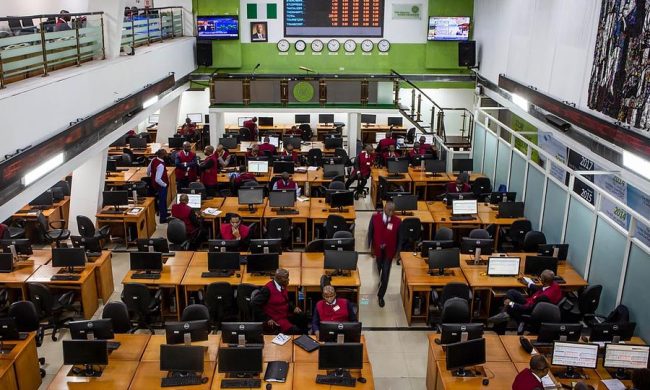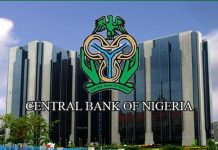The currency pair (forex) is largely controlled by swings in the dollar, but technical analysis has helped spot the latest reversal. The US Dollar Index (DXY) is expected to trade well in the 103.50-104.50 range today, ING Economics’ Chris Turner said in a note.
Meanwhile, USD/JPY was bearish early Tuesday. The intraday drop followed a string of daily losses after the dollar hit a six-month high of 141 yen on May 30. Interestingly, this price has become resistance in a long-term parallel channel since January 16. Now that the technical part has been taken into consideration, what is causing this pair to crack in the real economy?
Signs of weakening of the US economy began to appear. The services sector fell significantly last month, although a very good jobs report pushed shares higher on Friday. Also, GDP data from Japan is released on Thursday.
Against this backdrop, forex trades are generally in favor of the dollar, while the greenback is falling. EUR/USD is sprouting just above the intraday straight line, after peaking at an intraday high of $1.0732. GBP/USD is targeting a break of a two-day losing streak, trading at $1.2430.
The RBA’s Sudden Rise Offers Dollar Food for Thought
The Reserve Bank of Australia surprised with a 25 basis point increase, citing the opposite risk to inflation and the trade-off that delaying rate hikes could be costly.
This could raise expectations of a similar move by the Bank of Canada tomorrow and the Fed to be belligerent next week – which could disappoint the Dollar bears. Watch Poland’s tariff meeting
The European Open Dollar is slightly lower and about 0.5% below yesterday’s high. The US data calendar is currently fairly flat for the rest of this week and the market could hold its ground for next week’s May CPI data and the June 14 FOMC meeting.
The surprise price increase of the Reserve Bank of Australia (RBA) last night made people think before this FOMC meeting.
After pausing its strong rally in April, the RBA added another 25 basis points, citing heightened inflation risks and – like many central banks around the world – frustration with core inflation. does not decrease any faster.
The RBA’s decision to restart the tightening cycle could draw attention to tomorrow’s Bank of Canada (BoC) meeting after pausing rate hikes at the March and April meetings.
Tomorrow’s BoC rate hike by 25 basis points (currently priced at 43% probability) is likely to cause ripples in major bond markets around the world and could hold the dollar bid. with the idea that the Fed may be closer to an uptrend than originally thought. So, with the Dollar being lightly offered today, analysts believe that investors may be reluctant to rebuild dollar short positions until the double-risk CPI/FOMC event. will be fixed next week.














